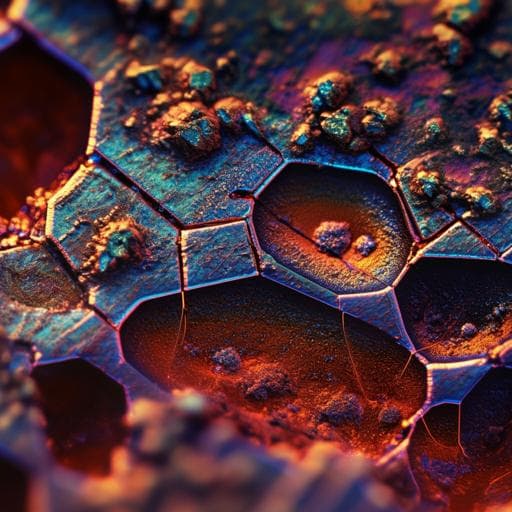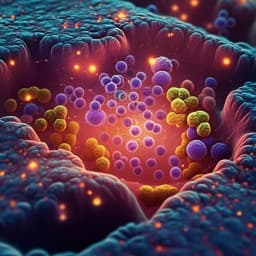
Engineering and Technology
Observation of stress corrosion cracking using real-time in situ high-speed atomic force microscopy and correlative techniques
S. Moore, R. Burrows, et al.
Discover groundbreaking insights into stress corrosion cracking (SCC) at the nanoscale. This research, conducted by S. Moore and colleagues, employs high-speed atomic force microscopy to unveil the subsurface mechanisms behind SCC in AISI Type 304 stainless steel, revealing intergranular cracks and layered oxide compositions.
~3 min • Beginner • English
Related Publications
Explore these studies to deepen your understanding of the subject.







